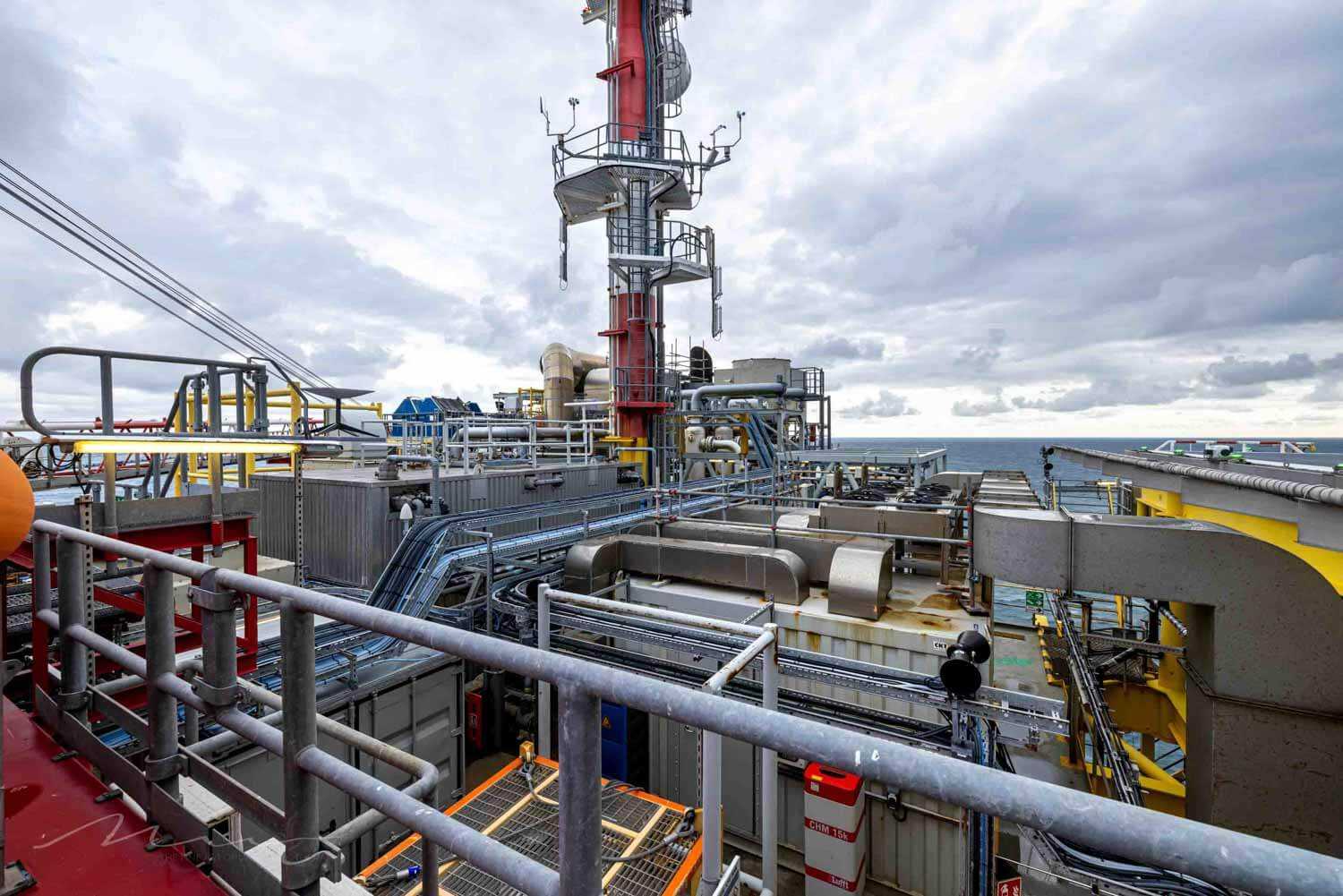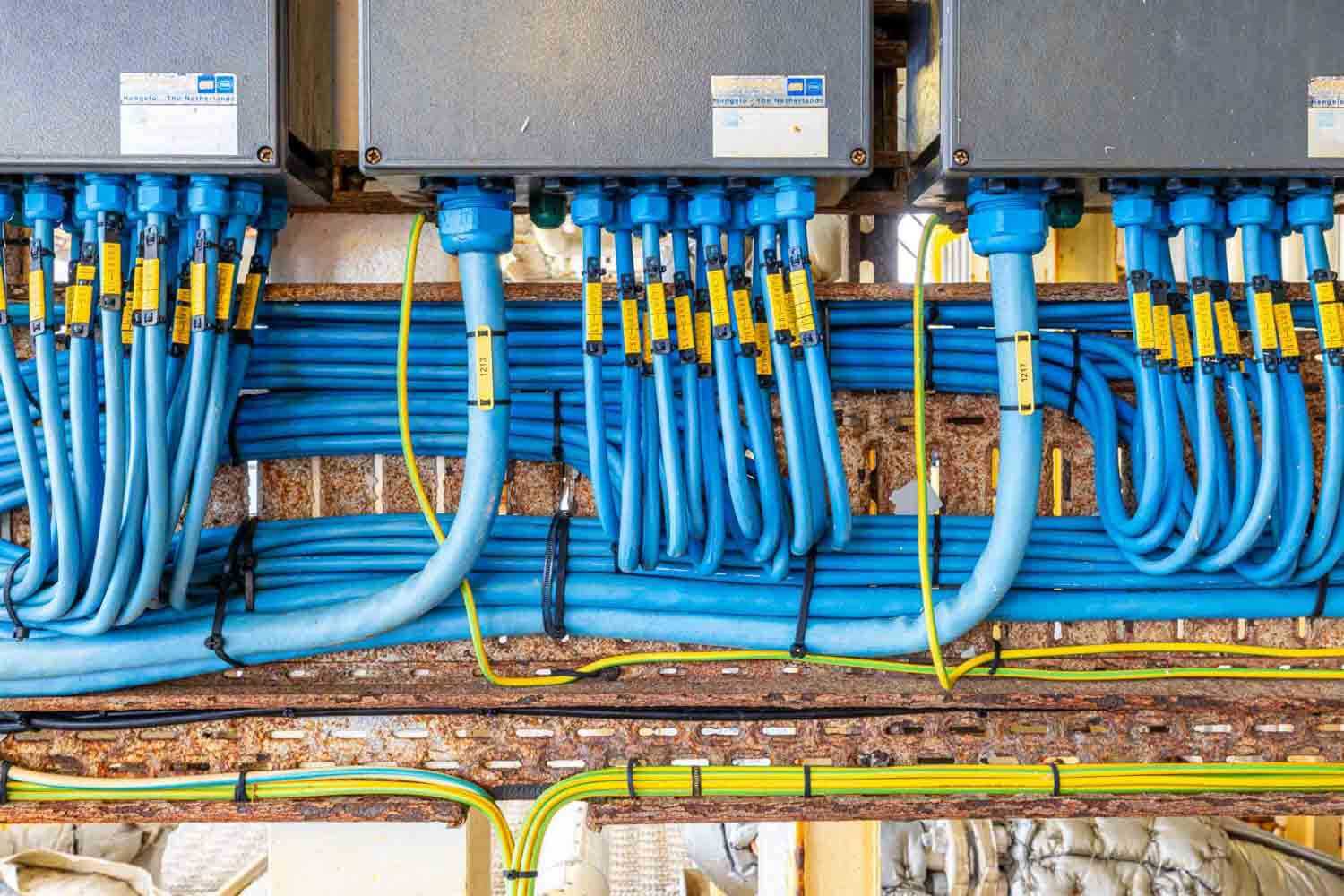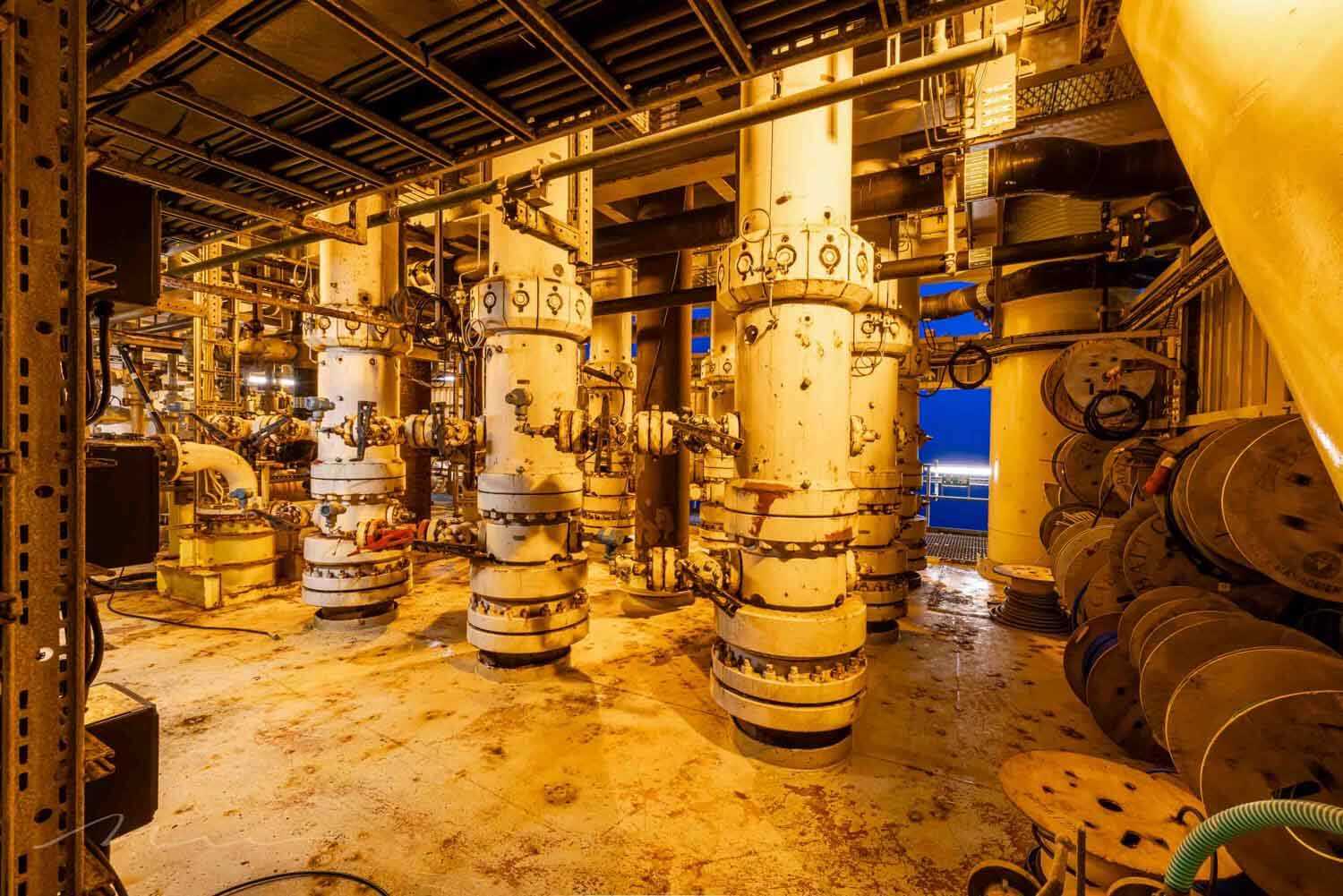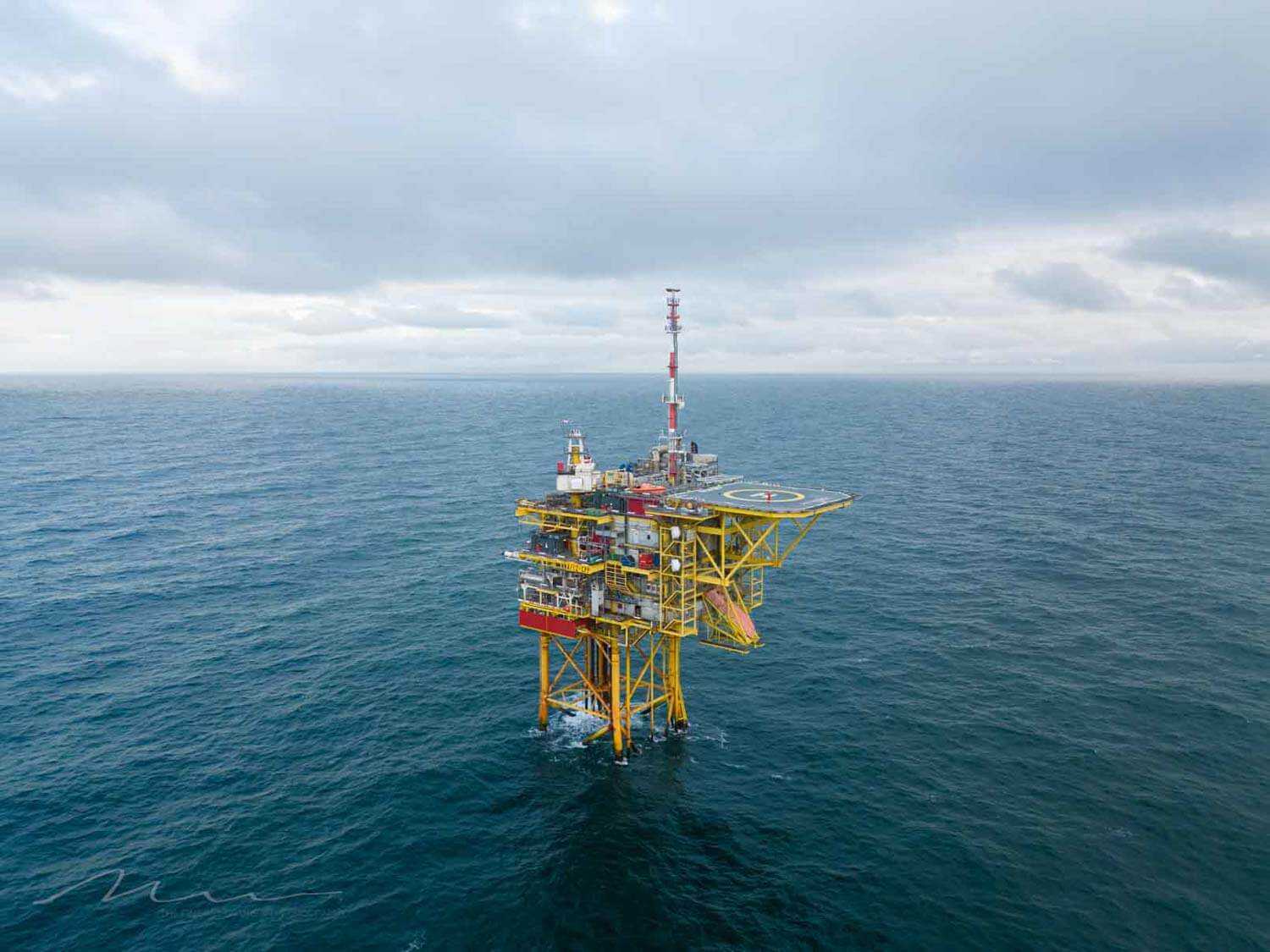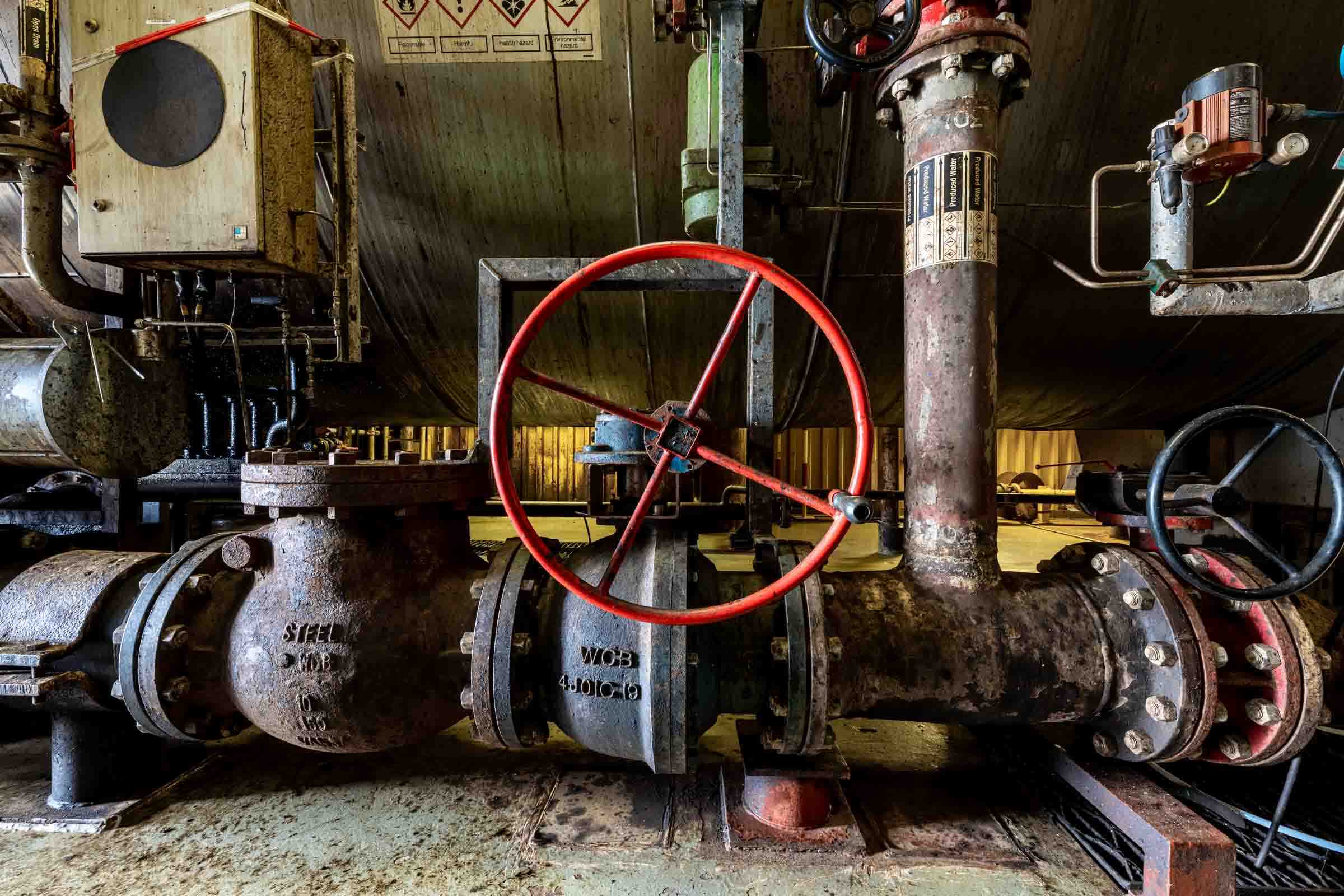
Offshore Photography
it's all in the stories
Not just any photographer can go offshore to capture industrial beauties. Specific qualifications and certificates are required to do so.
There are many certificates one can obtain, but the ones most relevant to offshore photography on oil rigs are the BOSIET and FOET-certificates, both with CA-EBS, which stands for Use of Compressed Air Emergency Breathing System.
More info & Booking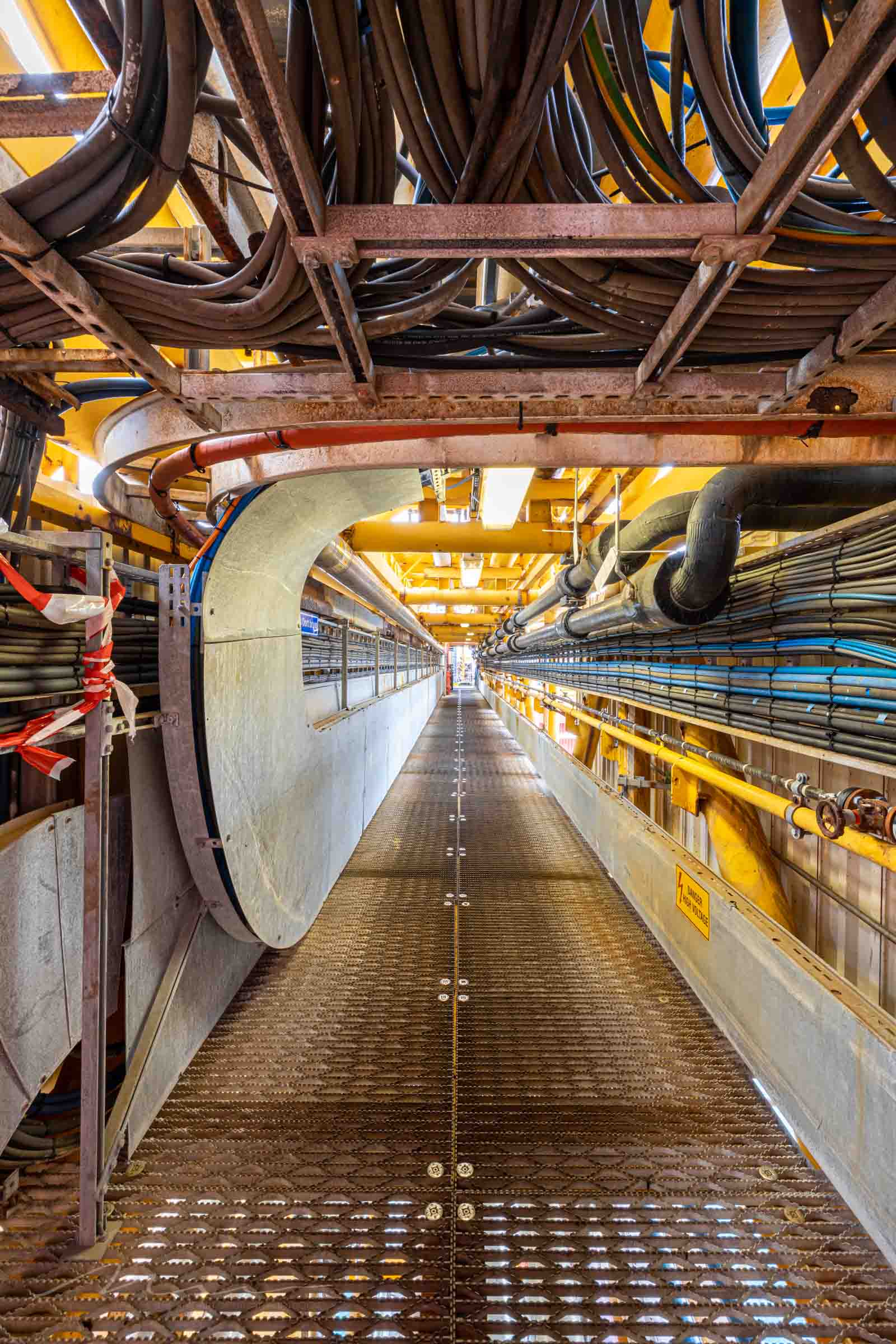
WHAT IS OFFSHORE PHOTOGRAPHY?
Capturing images in marine environments
Offshore photography involves capturing images in marine environments, focusing on activities, seascapes, and marine wildlife. Offshore photography often includes marine wildlife photography, seascape photography, and underwater photography.
Martijn Walet Photography focusses on capturing marine activities. That means documenting human activities related to the sea, such as oil rigs.
An oil platform, oil rig, offshore platform, or oil and/or gas production platform is a large structure with facilities to extract and process petroleum and natural gas that lie in rock formations beneath the seabed. On these platforms many hard workers spend their working days at sea.
Offshore photography requires specialized equipment to handle the challenging conditions, including protective gear for the photographer, and often helicopters or other vessels to reach the offshore locations. It also demands knowledge of marine environments and conditions to ensure the safety of the photographer.
OFFSHORE WORK
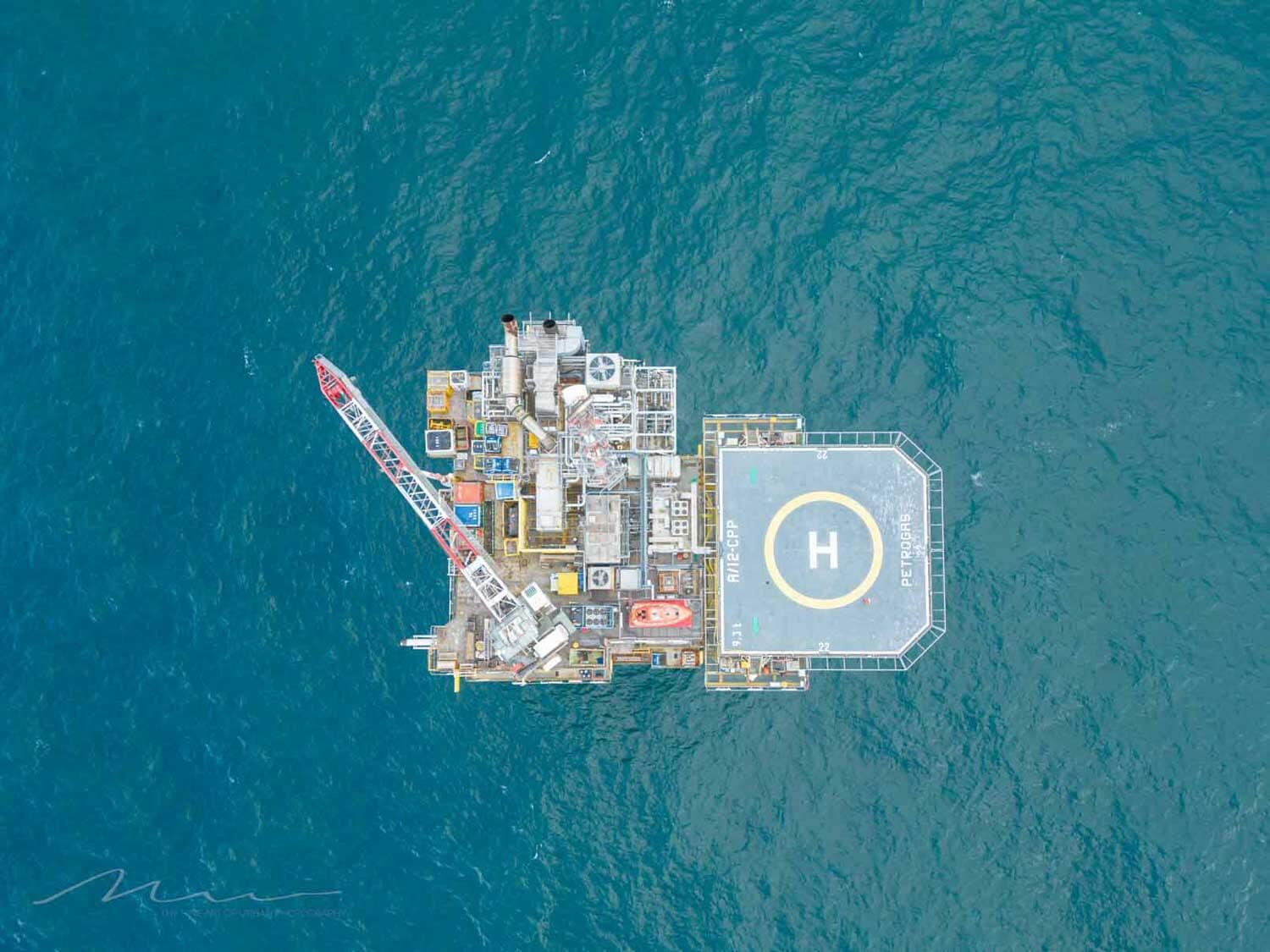
An oil platform, oil rig, offshore platform, or oil and/or gas production platform is a large structure with facilities to extract, and process petroleum and natural gas that lie in rock formations beneath the seabed. Many hard workers spend their working days on these kinds of platforms.
Certified
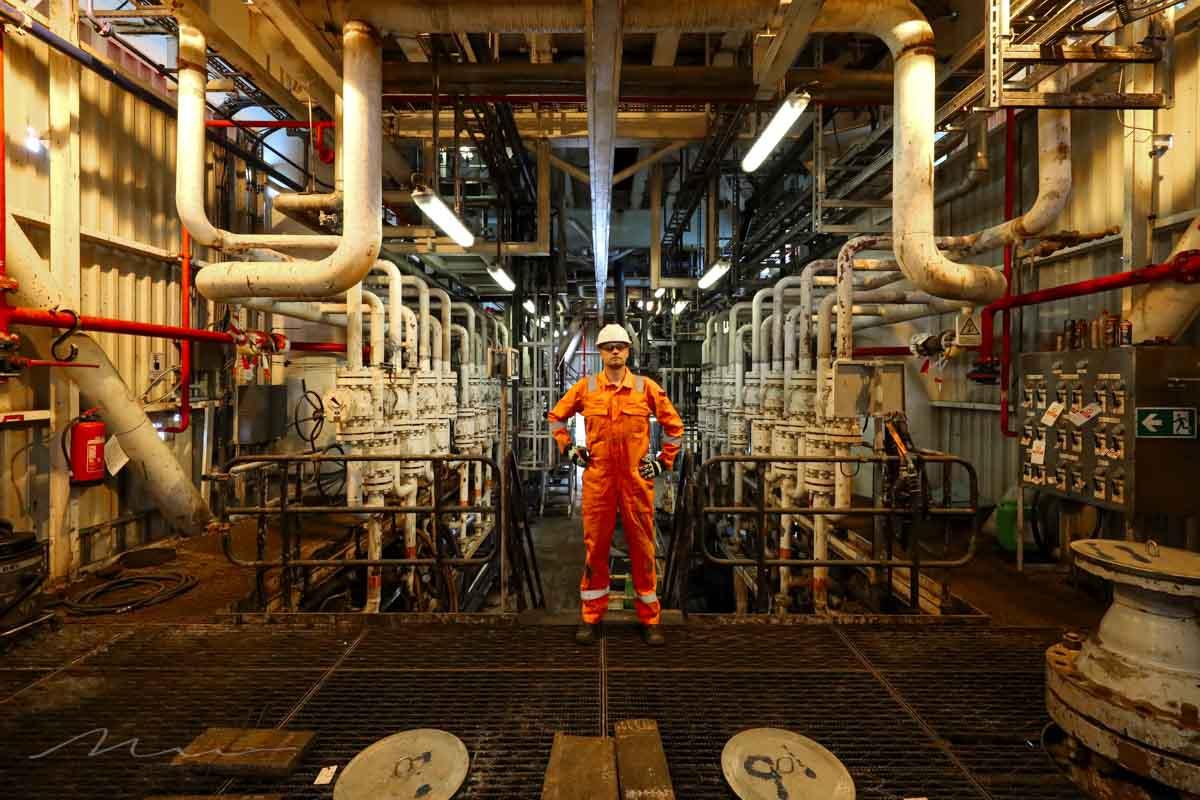
Certified Offshore Photography. Proud to announce that of April 2022 I am one of the few certified offshore photographers in the Netherlands.
For bookings, please contact me
Contact meCAPTURING THE HISTORY
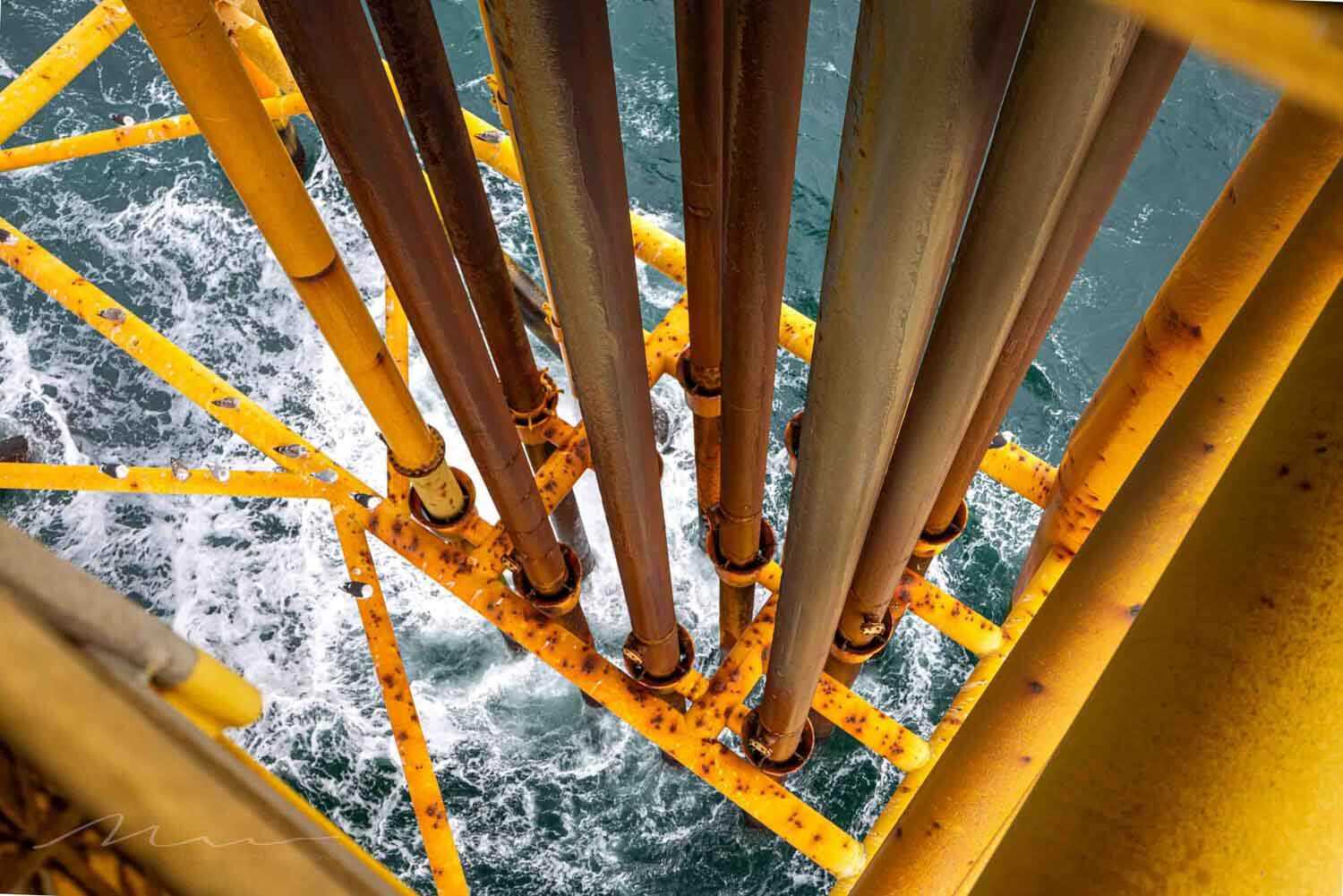
In photography, vision is the power of observation; it’s how you notice things that are worth capturing, how you document things that are worth remembering, how you see stories that are worth telling.
See assignmentsPHOTOGRAPHING AT SEA
Capturing images at sea presents a unique challenge distinct from traditional or urban photography. In the Netherlands, the opportunity to photograph offshore locations is limited to a select group of certified professionals. Not every corporate photographer is authorized to work in these offshore environments due to strict regulations. Specialized certification is mandatory for offshore photographers, ensuring adherence to safety and operational protocols. I take pride in being among the few accredited offshore photographers in the Netherlands.
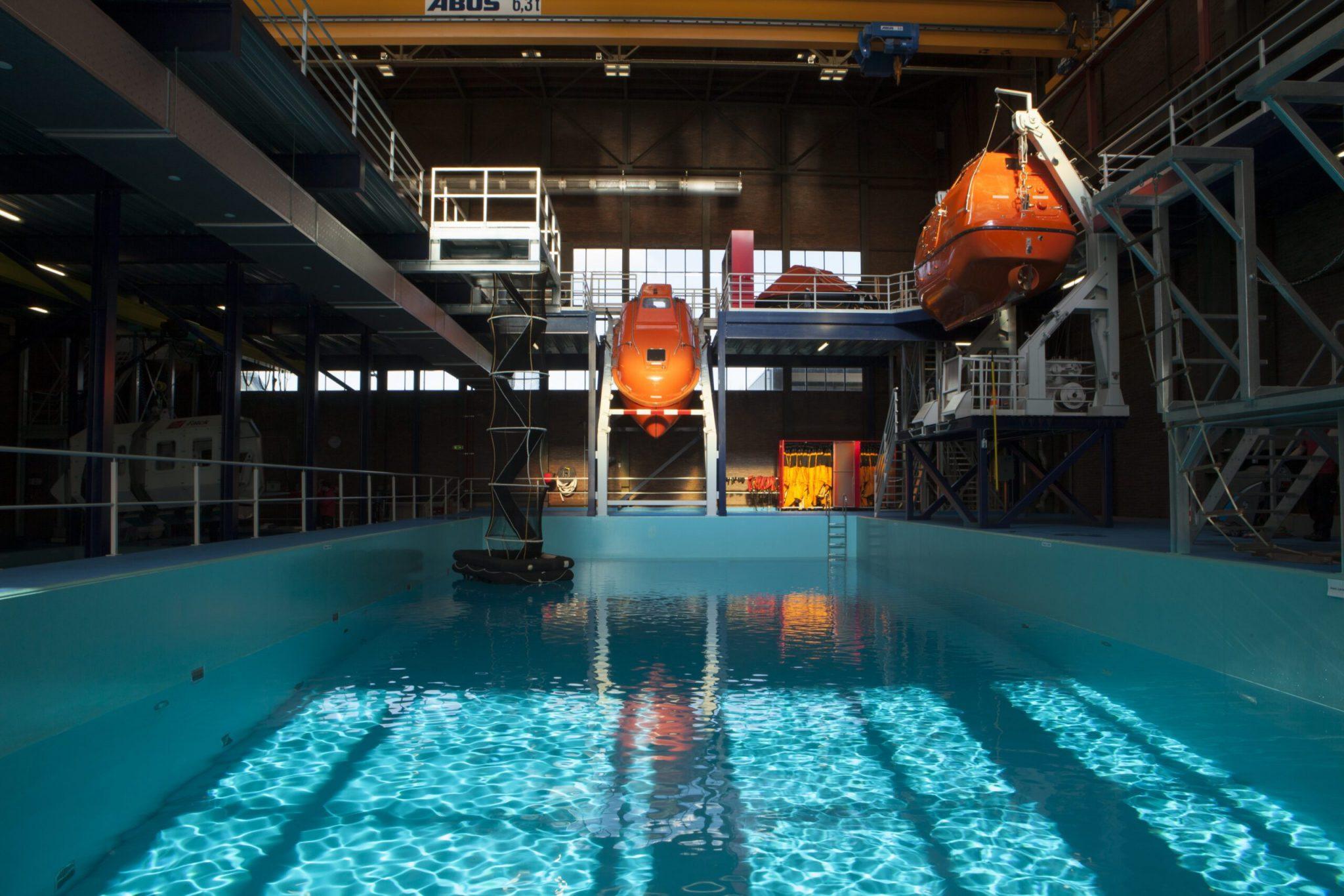
WHAT KIND OF CERTIFICATES DOES OFFSHORE PHOTGRAPHY REQUIRE?
Working in offshore environments presents unique technical challenges. The unpredictable weather, the constant motion of the sea, and varying light conditions require you to be adept with your equipment. Stabilizing your camera on a rocking boat or platform, protecting your gear from saltwater, and adapting to rapidly changing weather conditions test your skills and resilience. These challenges push you to innovate and think on your feet, resulting in shots that are as technically impressive as they are visually stunning. And the most important thing .... SAFETY FIRST!
Not just any photographer can go offshore to capture industrial beauties. Specific qualifications and certificates are required to do so.
There are many certificates one can obtain, but the ones most relevant to offshore photography on oil rigs are the BOSIET and FOET-certificates, both with CA-EBS, which stands for Use of Compressed Air Emergency Breathing System.
Bosiet
BOSIET stands for Basic Offshore Safety Induction and Emergency Training. This worldwide accepted training is specifically for craftsmen and -women working on offshore installations and for people traveling there. The BOSIET ensures understanding of fundamental safety and emergency responses and awareness of the dangerous and risky environment on offshore platforms. The certificate also includes escape chute and S-Cape. This course takes 5 days to complete.
Foet
The FOET, which stands for Further Offshore Emergency Training, is an addition to the BOSIET-certificate. This training does require either a BOSIET-certificate or a NOGPA 0.5B, FOET-certificate. It is a 1-day training that will refresh your skills on helicopter safety and escape, basic firefighting and emergency first aid. The course allows for better practice and refinement of the already obtained skills, by allowing partakers to demonstrate their skills in emergency situations and their knowledge of the available equipment.
Foet
The FOET, which stands for Further Offshore Emergency Training, is an addition to the BOSIET-certificate. This training does require either a BOSIET-certificate or a NOGPA 0.5B, FOET-certificate. It is a 1-day training that will refresh your skills on helicopter safety and escape, basic firefighting and emergency first aid. The course allows for better practice and refinement of the already obtained skills, by allowing partakers to demonstrate their skills in emergency situations and their knowledge of the available equipment.

CERTIFIED OFFSHORE PHOTOGRAPHER
Martijn Walet Photography is fully certificated as Basic Offshore Safety Induction and Emergency Training (OPITO), including HUET with Compressed Air Emergency Breathing System.
AS A PROUD AMBASSADOR OF CANON, I USE THE FOLLOWING EQUIPMENT.
Canon EOS R5 Body
Canon EOS R6 Body
Canon RF 15-35mm f/2.8L IS USM
Canon RF 70-200mm F2.8L IS USM
Canon RF 24-105mm F2.8L IS USM
Irix Blackstone 11mm f/4
THE POWER OF WATER
To photograph the beauty and power of flowing water, you need more than just pointing your camera and clicking the shutter button. It requires time, patience, skill, and creativity to create images that genuinely move viewers.
On land, rivers and waterfalls are some of the most beautiful natural wonders on earth, giving us stunning views and creating unforgettable landscapes. Rivers have been vital to humans since the very beginning, providing water, food, transportation, and more. Waterfalls, with their power and beauty, are truly awe-inspiring.
Similarly, at sea, the water and its level are constantly changing. A calm, sunny day can quickly turn into a storm with very high waves. Therefore, it is crucial to thoroughly prepare for the assignment. Consider the weather conditions and determine the best time to capture specific scenes. This preparation involves researching the location, planning the timing, and anticipating changes in the environment. Taking the time to prepare properly is essential for achieving the best results. It ensures that you can capture the most striking and memorable images or moments.
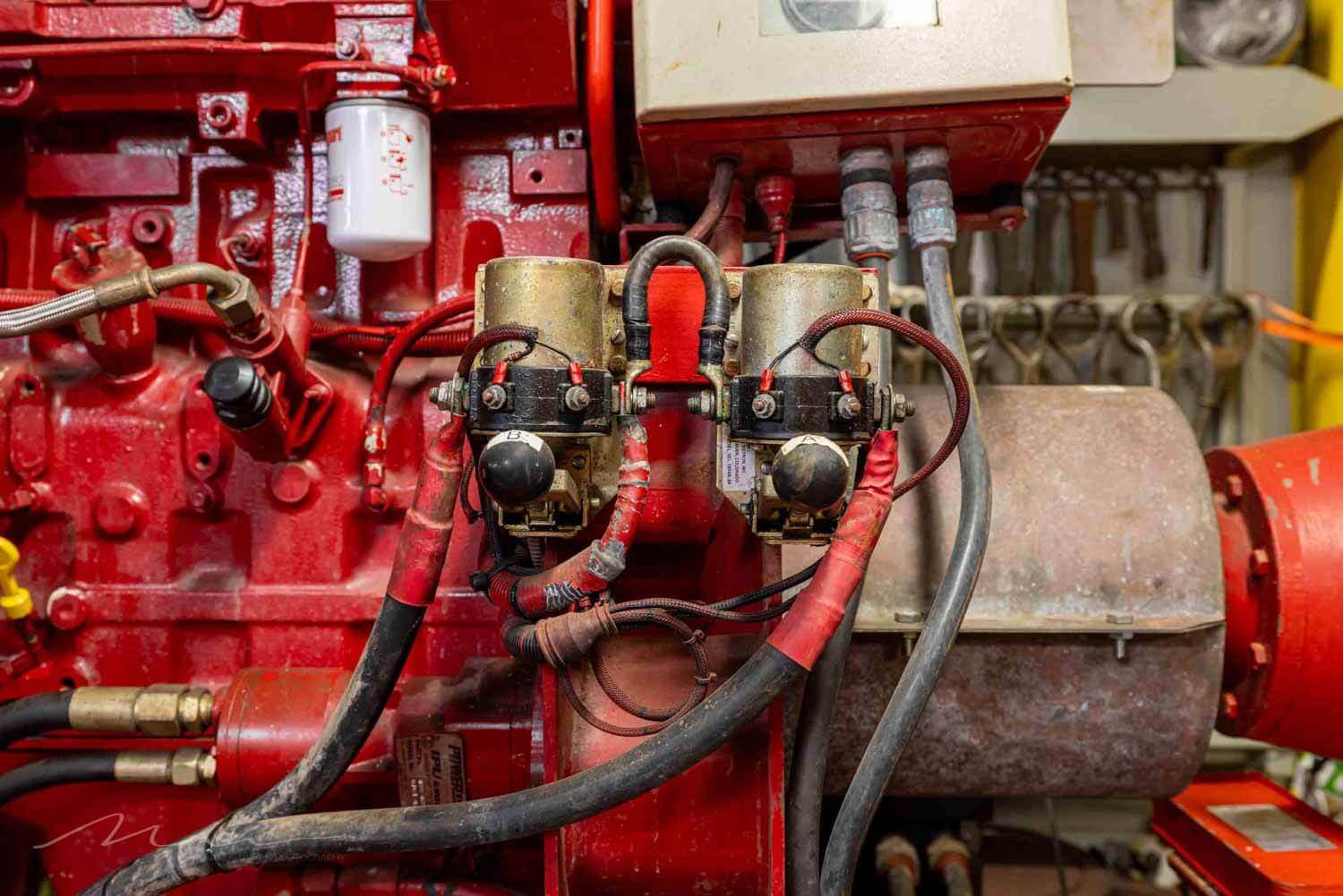
WHAT ARE THE BIGGEST OBSTACLES AND CHALLENGES WHEN GOING OFFSHORE?
Going offshore comes with several challenges, ones you wouldn’t normally come across on land.
The environmental conditions are wildly different and more impactful at sea than they would be at your usual photoshoot. Think of the weather: offshore operations are often hampered by harsh and unpredictable weather conditions, including storms, high winds, and rough seas. While these can be beautiful sceneries to capture, it is important to think of one's safety.
Aside from the weather, temperature extremes are also environmental factors one should take into account. Depending on the location, extreme cold or heat can impact equipment functionality and of course personal safety.
Then there are the logistical challenges: these platforms are typically remote, making transportation a challenge in and of itself. The options are either via helicopter or boat, both of which are entirely subject to weather and sea conditions.
What happens in case of an accident or injury? As someone who is BOSIET-certificated, I might have the necessary first-aids skills, but it is important to be aware of your location. Emergency services will take longer to arrive.
Offshore environments are more prone to high risk situations, thanks to the heavy machinery, slippery surfaces and potential fire or explosion hazards.
At sea, you are entirely subject to weather conditions. Weather also affect communication with onshore facilities.
As you can see, there are quite a lot of issues that will rise when (planning on) going offshore. This is why it is so very important to be well-prepared. But even when you think of everything… the weather may have other plans entirely.
The biggest challenges I have encountered so far are the weather and logistical issues.
